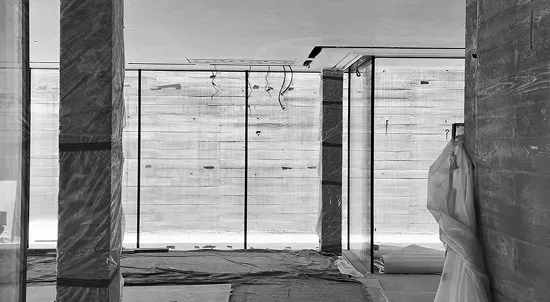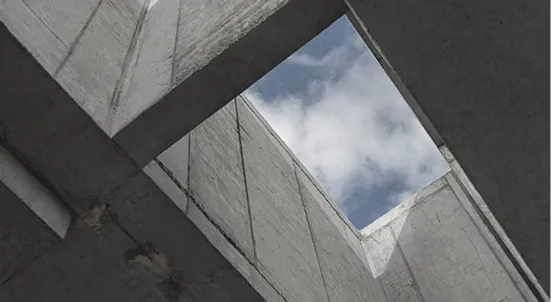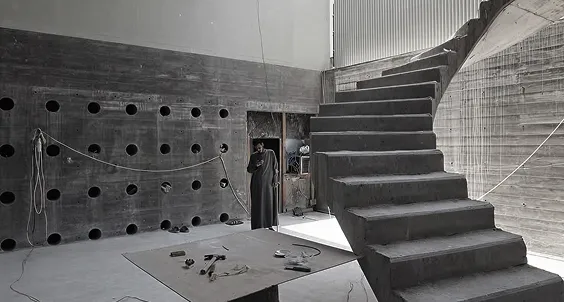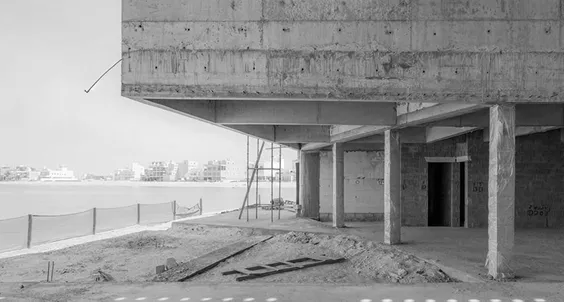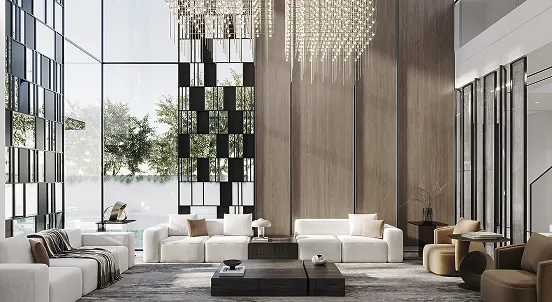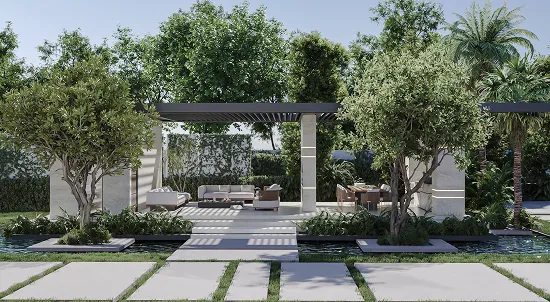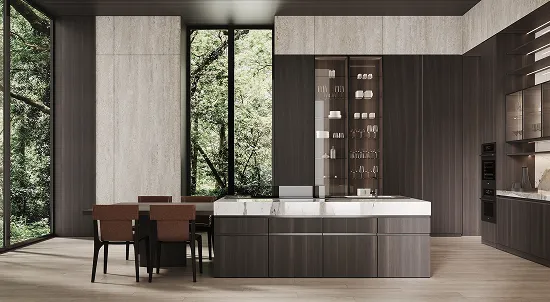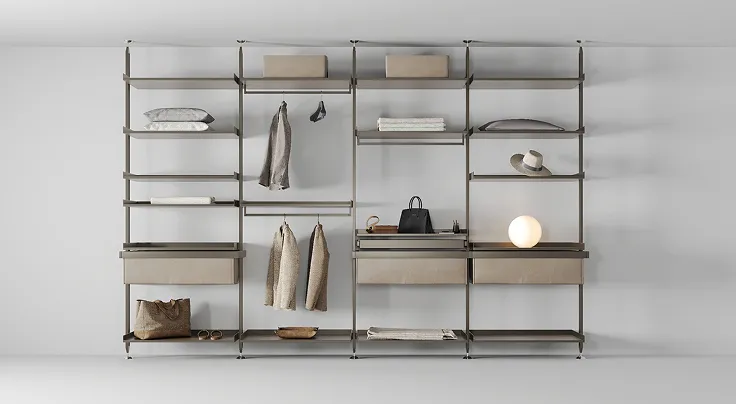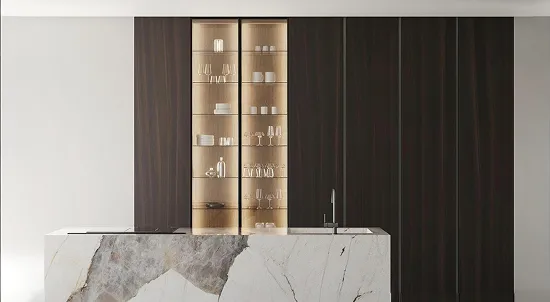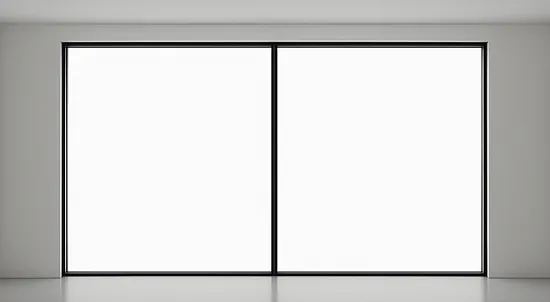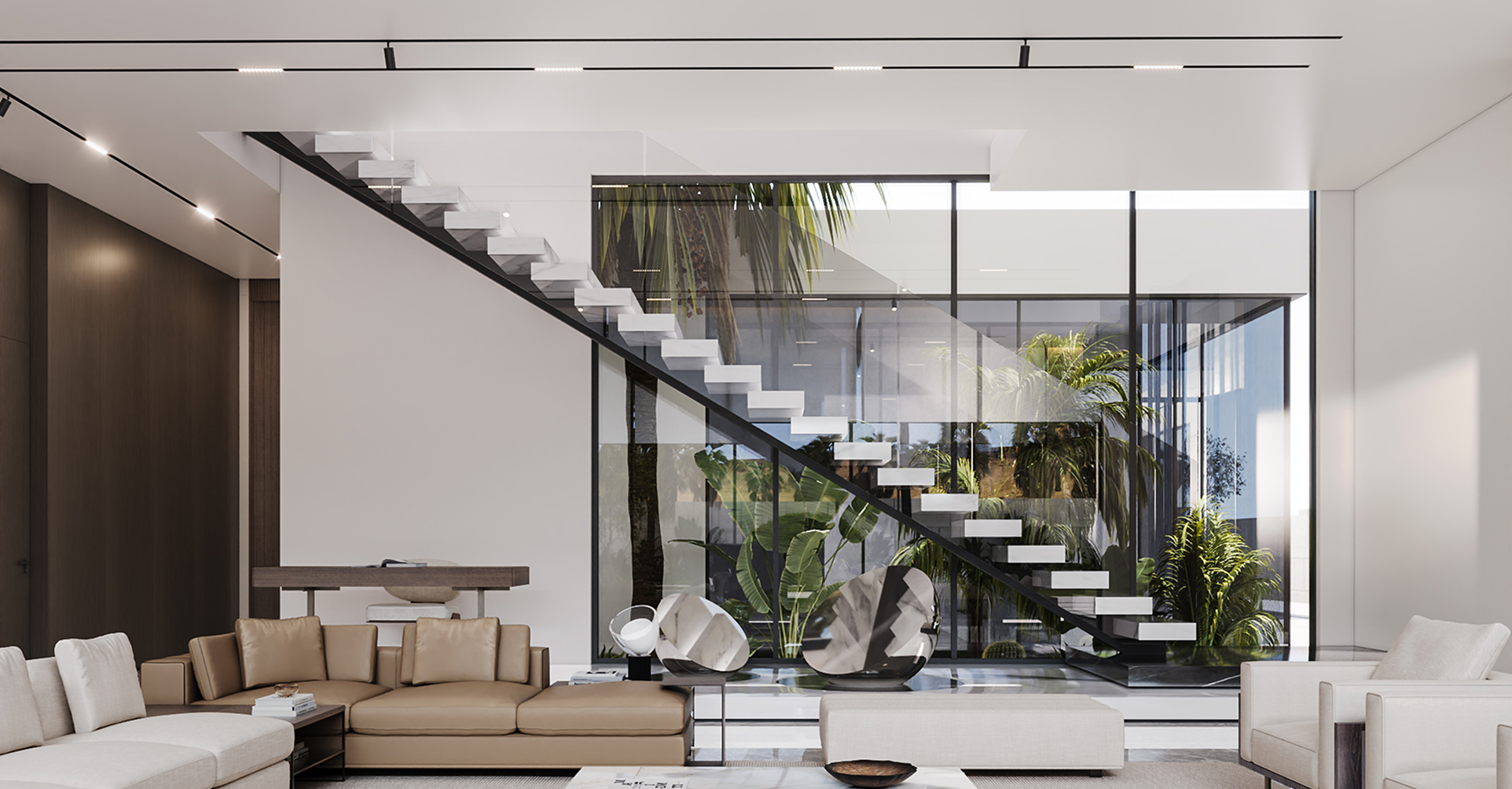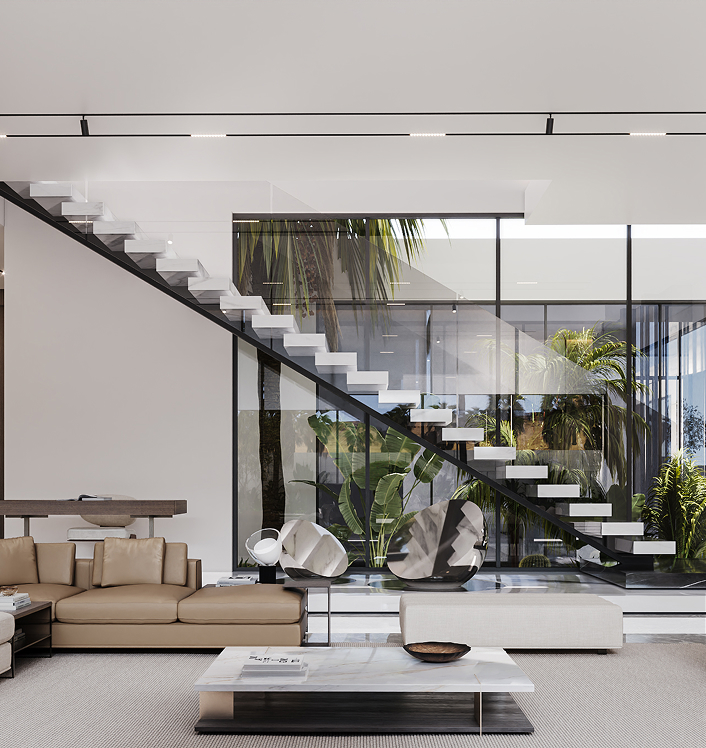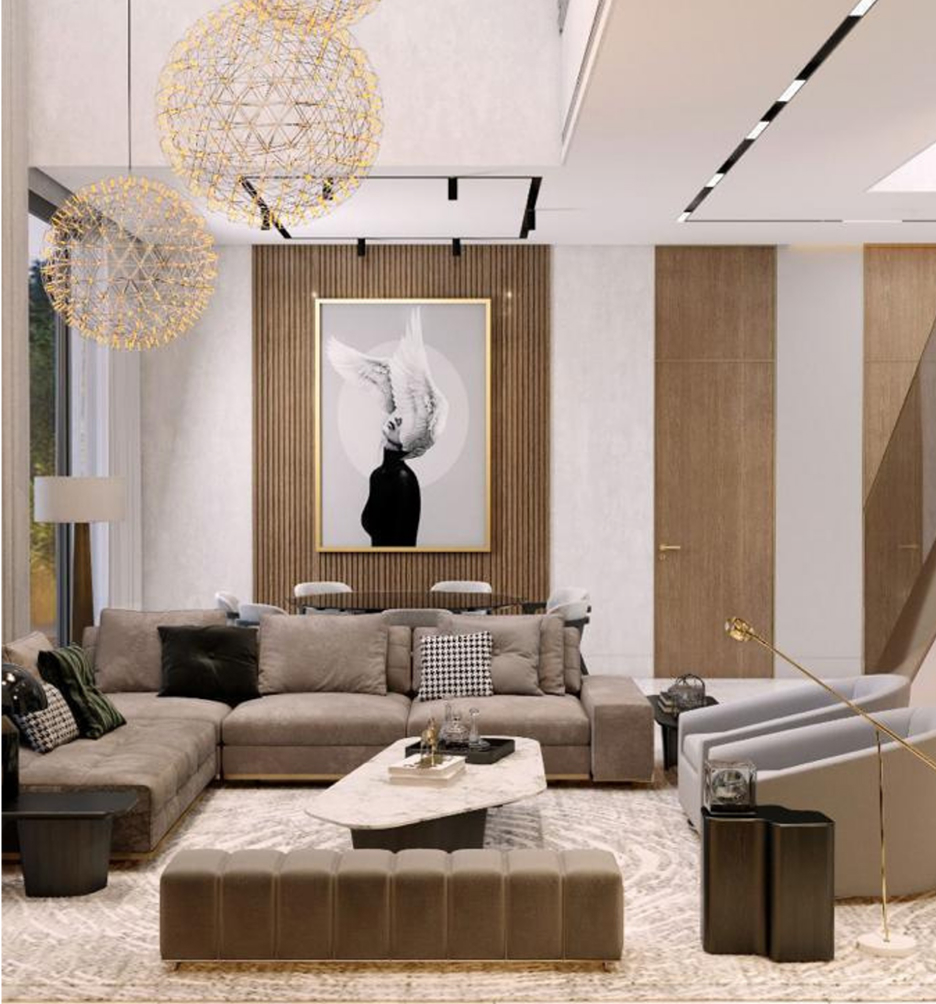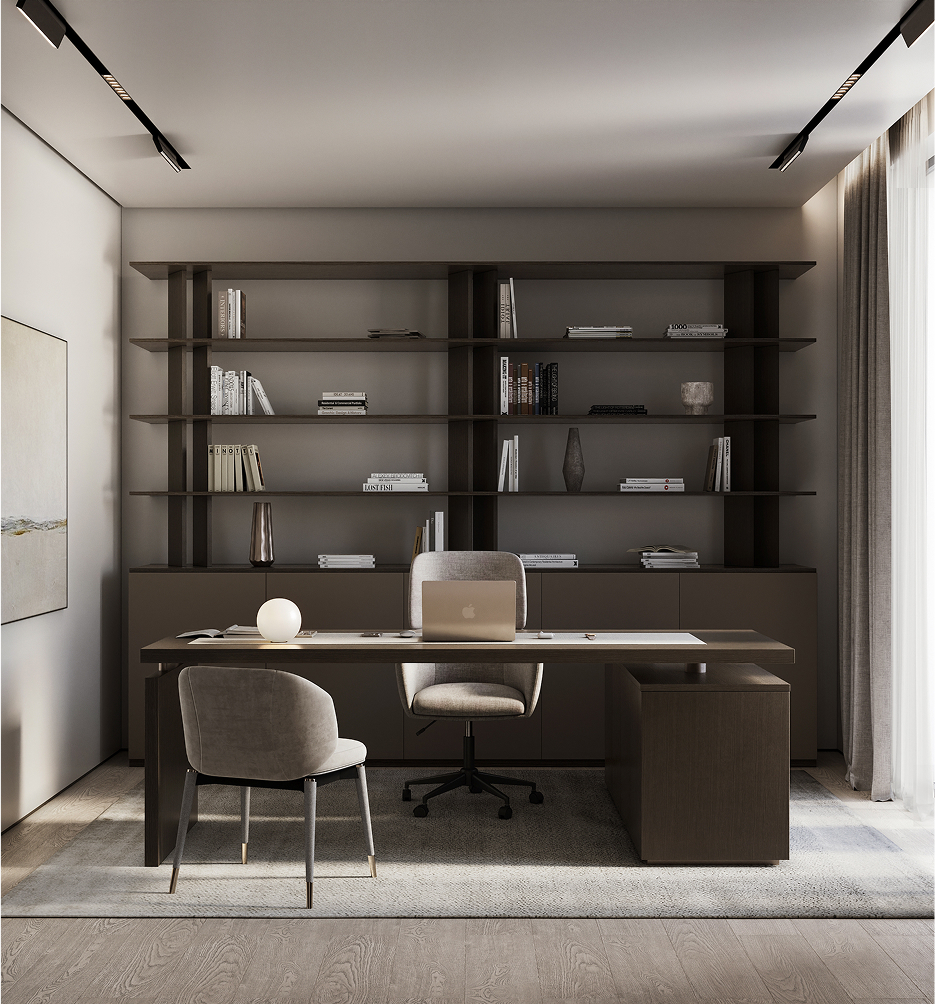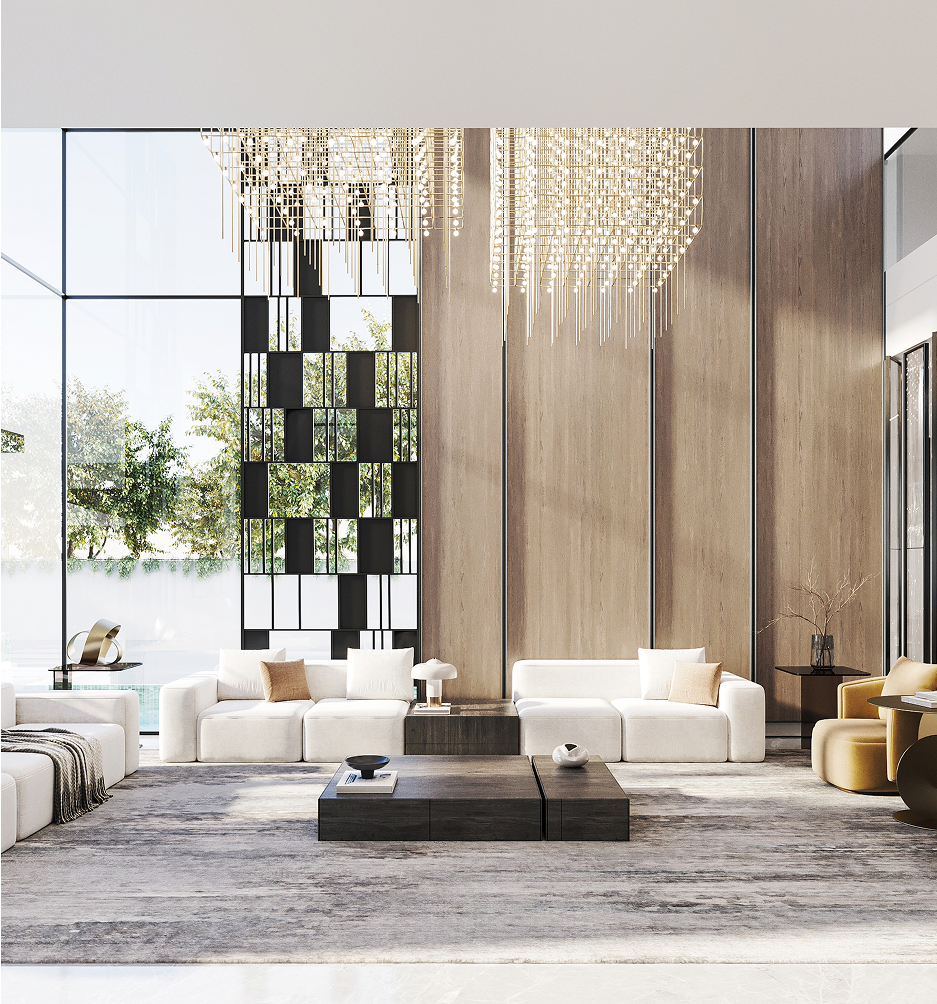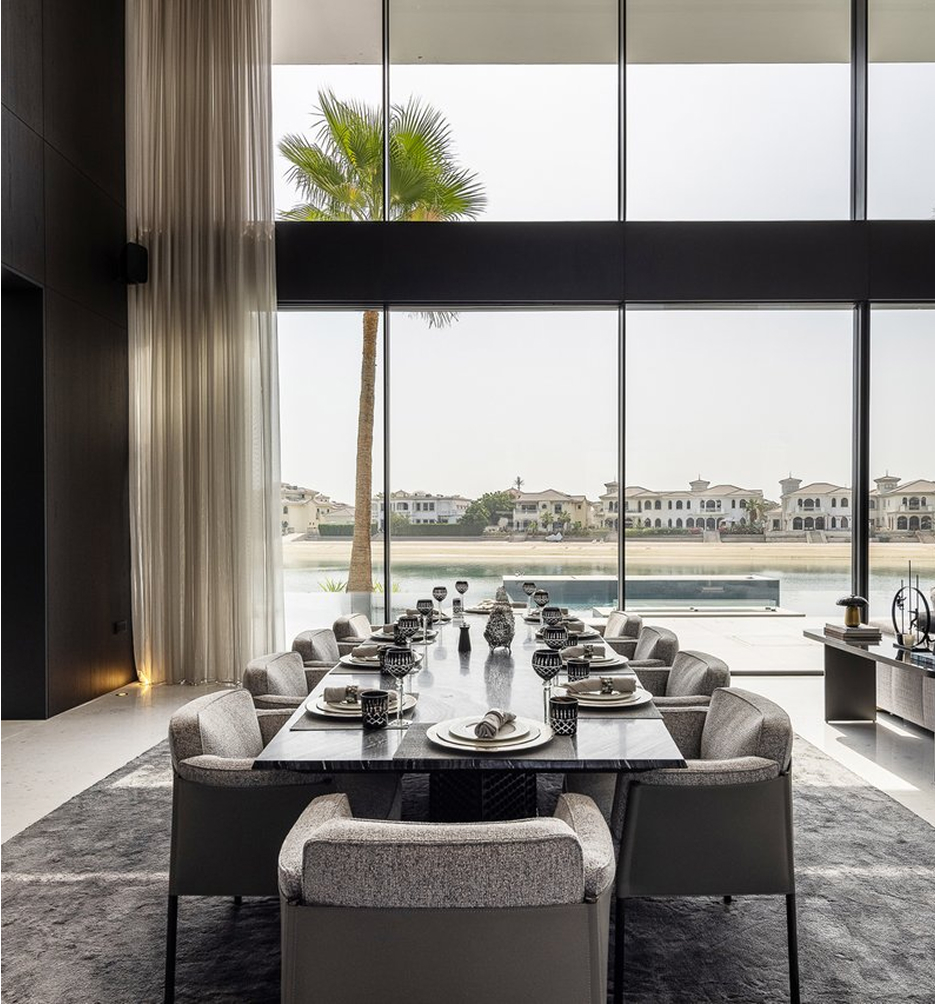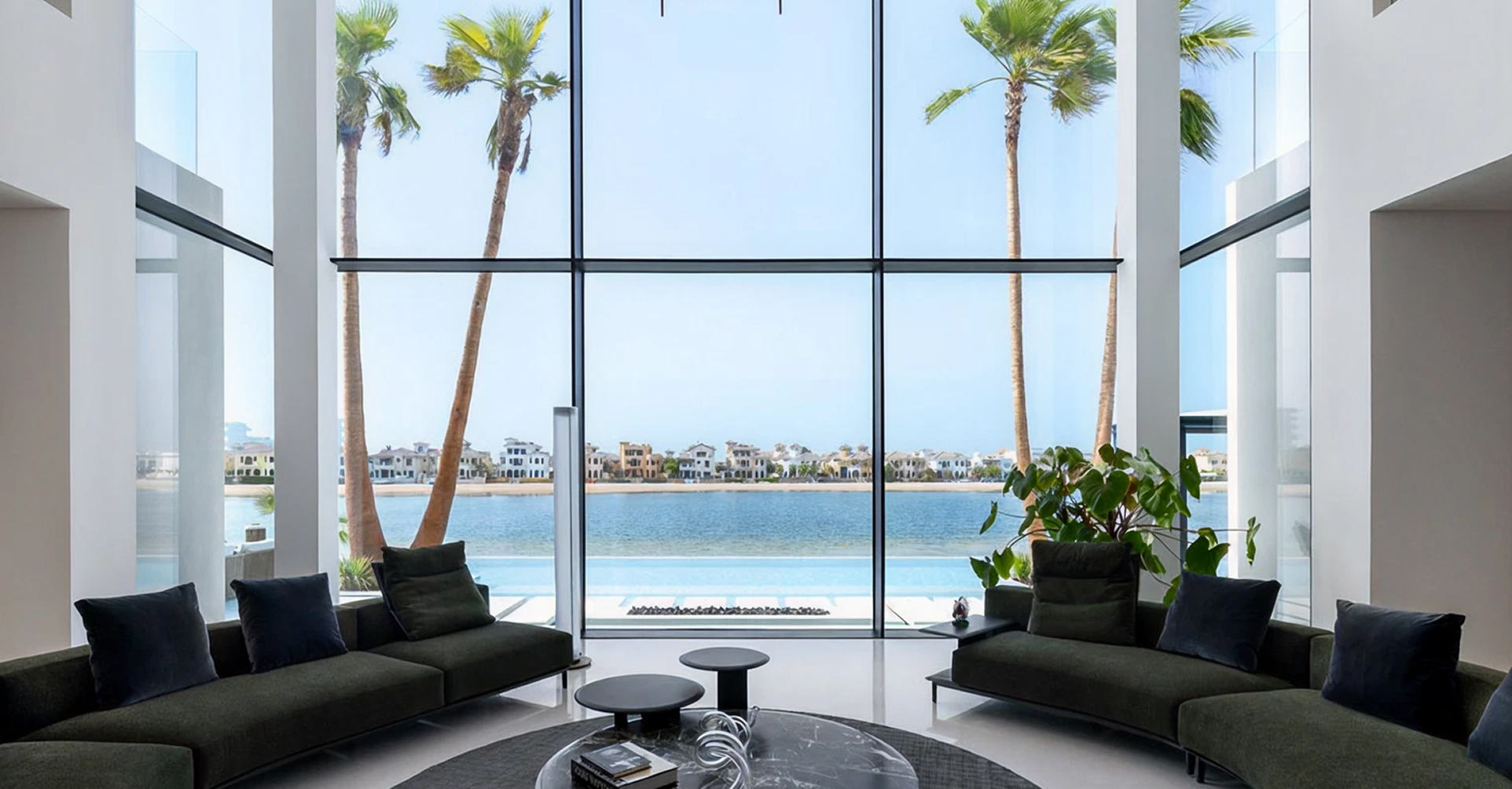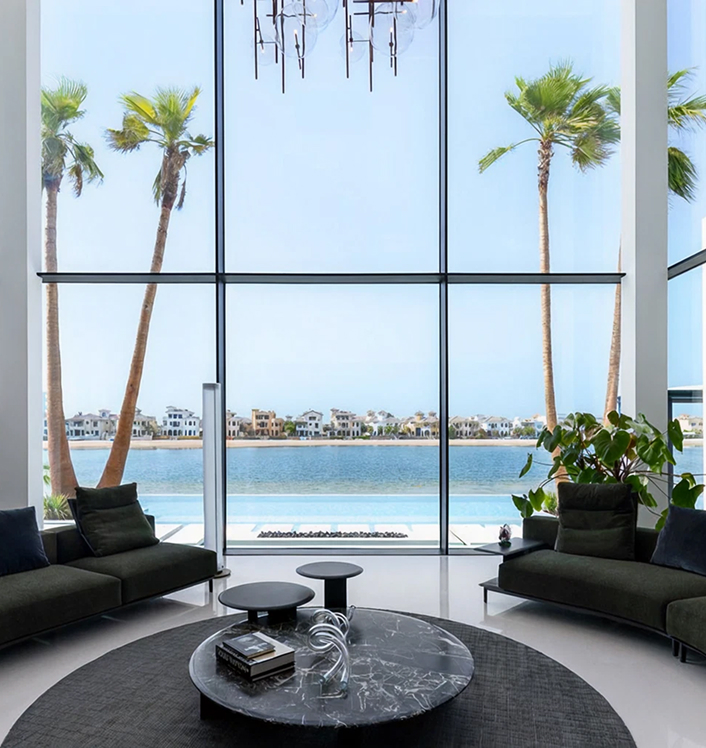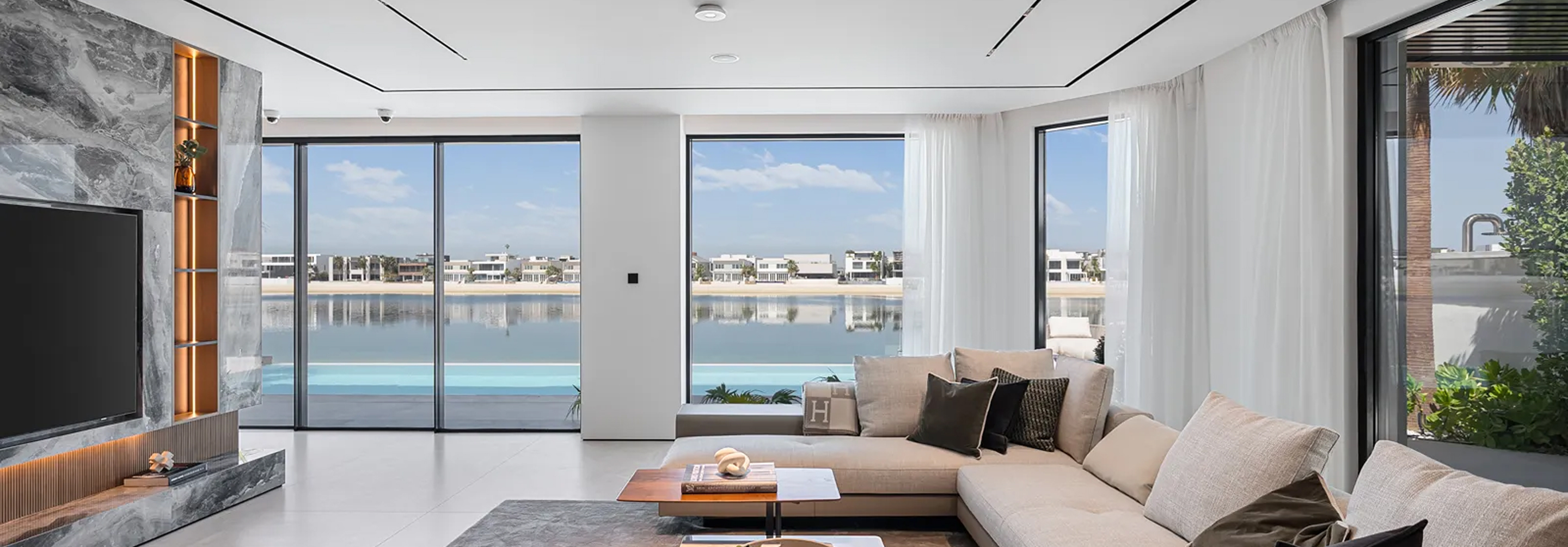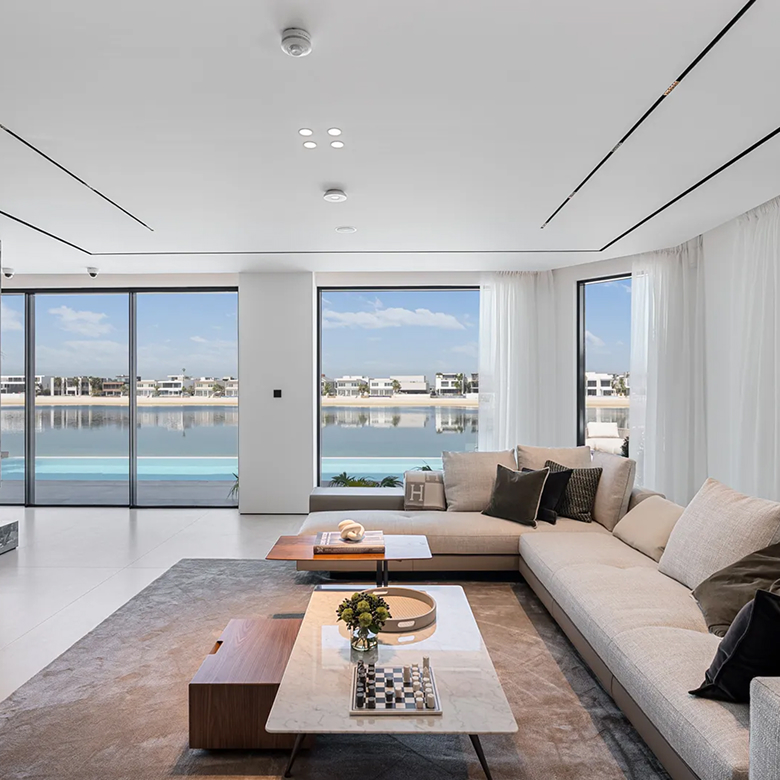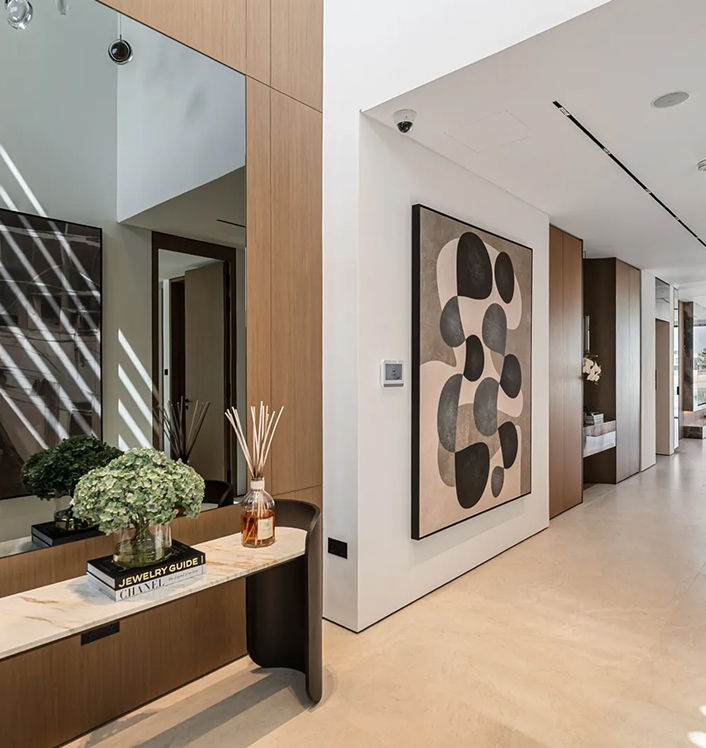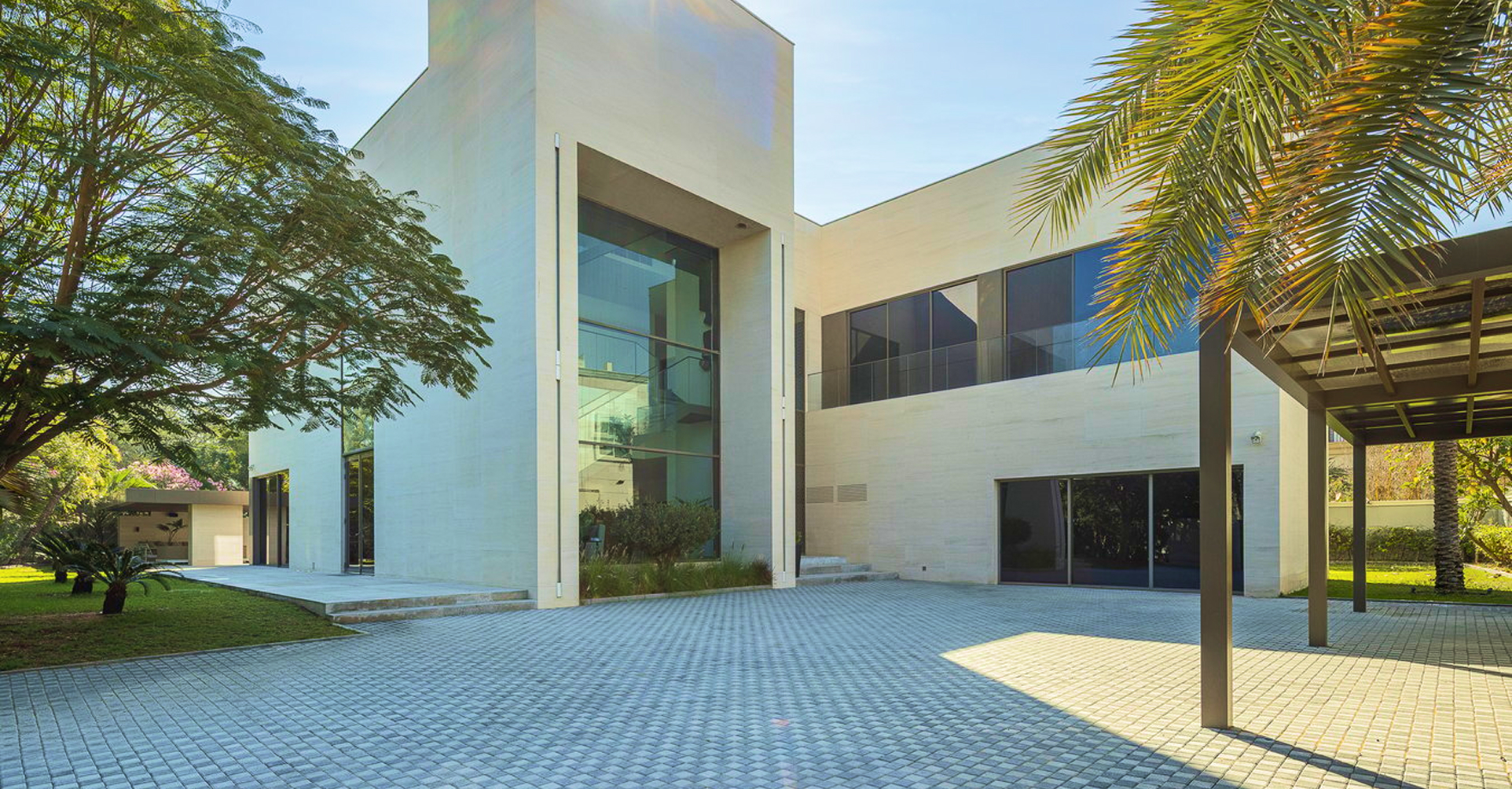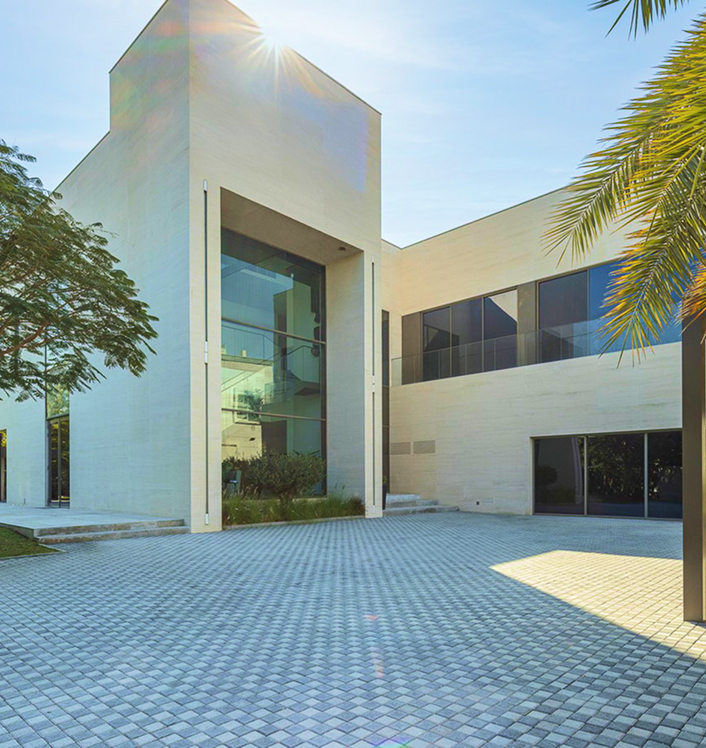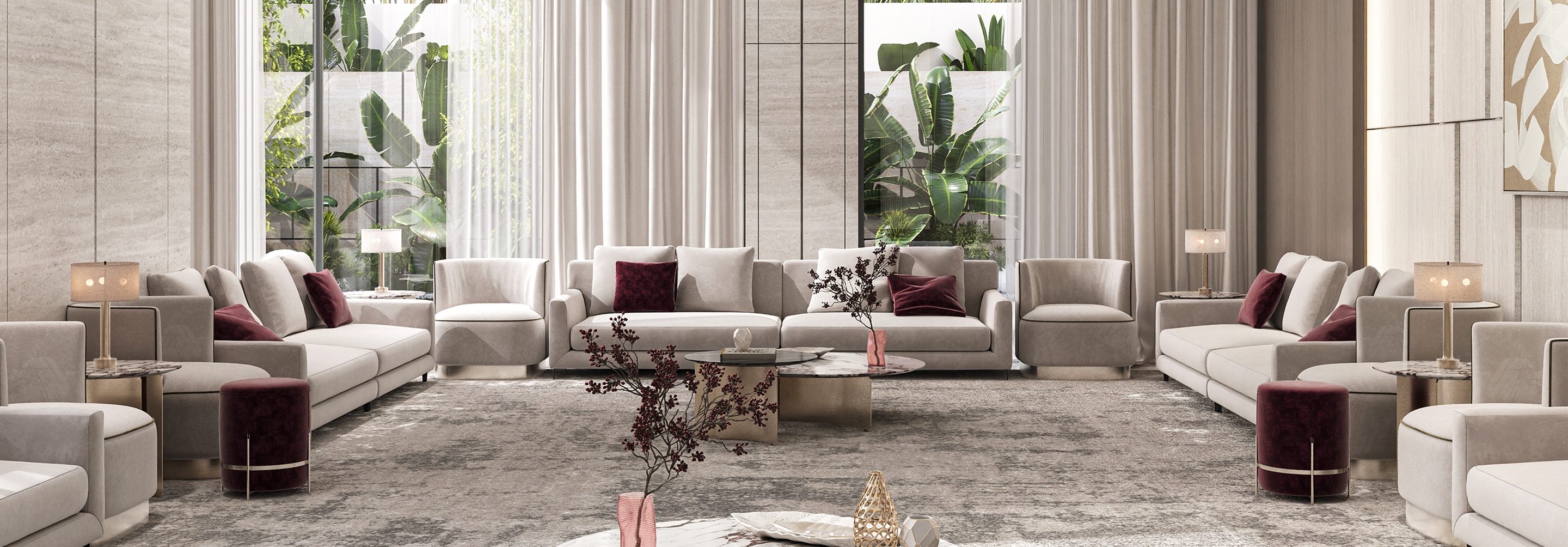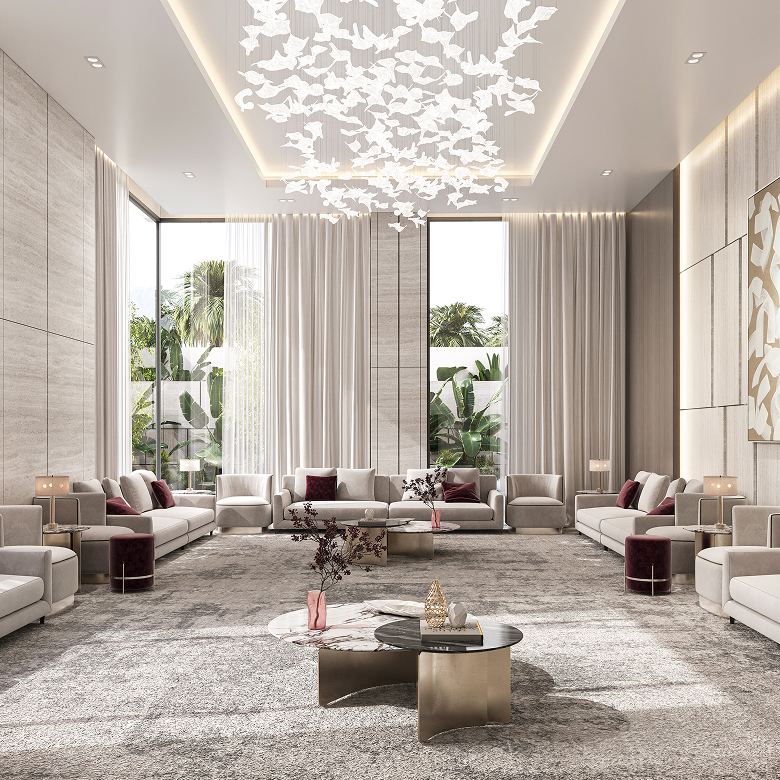The process of transforming a space into something personal is a lengthy, yet gratifying one. Whether you’re simply choosing furniture to occupy a once-empty space, or you’re tearing down walls to make your space a little bigger, it all boils down to two words: Interior Design.
Your Starting Point: Villa, Apartment, or Something New?
Intimidating at first, you’ll eventually find these two words to mean something much more than the overwhelming change they promise. But first, the process starts with regulations and zoning laws. Do you have an apartment, or a villa? Are you starting out from scratch, but have you bought a pre-built space? No matter where you are in your journey, your designer shall ensure smooth sailing until the end.
Overview of the Design Process
In particular, designs for Dubai’s high-end residential interiors follow a meticulous process to meet luxury needs, client satisfaction, and regulatory standards. A quick overview of the step-by-step villa design process is as follows:
- Initial consultation and needs assessment
- Concept development and material sourcing
- Space planning and technical drawings
- Coordination with consultants and contractors
- Client approvals and budgeting
- Authority approvals and legal compliance
- Procurement, installation, and supervision
- Handover and post-completion support
Together, these phases will lead to a successful luxury interior project for modern and contemporary needs.
The Complete Interior Design Process in Dubai
Phase 1: Initial Consultation and Needs Assessment
Every project, luxury or not, starts with the initial consultation. This is where the designer and the client meet to discuss personal needs, lifestyle, and vision. As a client, you are invited to share your favorite aesthetics and any images or ideas saved for your space. If you haven’t yet explored ideas on your own, a sit down with your designer could be helpful. In addition to sharing ideas, this stage is where trust and clarity are built. For a pre-built villa, the design team will need a walk-through to determine best uses for each space or room. For a fresh property, the design team will review architectural drawings. Architectural guidelines, community rules, orientation, and views will be taken into consideration to fully capture natural sunlight in the designs. Additionally, the project scope, budget expectations, and timeline expectations will also be discussed in this initial phase.
Timeline 1-2 weeks
In this phase, the designer also sets the timeline which will include every phase highlighted. The client is made aware that authority approvals and custom pieces might add to the timeline so that any later surprises are avoided.
Deliverables: Designers finish this phase with a project brief document that summarizes the agreed requirements and key style notes to ensure all parties involved have a clear overview of every step from start to finish.
Phase 2: Concept Development and Material Sourcing
In the second phase, concept development begins. In line with the client’s notes, designers start sketching out ideas and concepts that result in mood boards and concept boards. These are collages of inspiration images, color swatches, and material samples that the designer will then show to the client for choice selections and feedback. Some designers may even show a client multiple boards for extra options. After the creative conceptualization, the designer will move on to spatial conceptualization where they would create simplified layouts to visualize the rooms and signature design features. Included in the moodboarding phase, designers will choose material samples that match client aesthetics. In Dubai, showrooms such as Dubai Design District or SZR galleries house the materials from which designers hand-pick samples. Designers also brainstorm furniture and lighting pieces that will be used in the space. And finally, this phase ends with presenting moodboards, concept imagery, floor plans, and often times 3D renderings to the client for more feedback. This phase of the design process will go back and forth between conceptualizing and client feedback until all parties involved are satisfied with the final designs to ensure that the rest of the journey goes smoothly.
Timeline 3-5 weeks
Deliverables: A concept design package ends this phase as a reference point to guide the design through the future phases. This package includes mood boards, concept imagery, color and material palettes, and any 3D renderings the designer may have created
Phase 3: Space Planning and Technical Drawings
In the following stage, the designer translates the idealised concepts into tangible plans and technical drawings. The designer refines room layouts in a space plan that finalizes furniture placements, proportions, and any structural changes. This is then followed by the technical drawings which reflect room dimensions, ceiling plans, elevations, joinery details for custom elements, and MEP coordination notes to integrate design with technical systems. Along with these plans and drawings, 3D renderings are drawn up to help visualize the materials, lighting, and scale. This phase ends with a quality review ensuring accuracy, alignment with the concept, and readiness for contractors.
Timeline 4-6 weeks
Deliverables: This phase ends with a design development package complimented by a specification document, both of which explain materials, products, and any specs or technical details. This package can be drawn out into dozens of drawing sheets and specification spreadsheets, all of which will be used through the coordinations, approvals, and construction phases.
Phase 4: Coordination with Consultants and Contractors
Stage 4 is where the collaborations happen. Interior designers, architects, engineers, and contractors come together for the seamless integration of aesthetics and technical requirements. By aligning interior layouts with the building’s structure, architectural coordination ensures physical changes to the space are structurally feasible. MEP coordination integrates mechanical, electrical, and plumbing needs with design features throughout the home. Coordination workshops can be used for the designers and engineers to sit down over combined drawings of the interior plans with MEP plans. Contractor involvement can flag feasibility issues, provide technical input, and give cost feedback. Value engineering may be used to optimize costs without sacrificing quality.
Phase 5: Client Approvals and Budgeting
The next phase comes back to the client. Client approval on both the designs and the financial plans is needed to proceed. Now the design team presents all the mock-ups, floor plans, realistic 3D renderings, and material samples. A selection of furniture, fixtures, and equipment (FF&E) is also presented with showroom visits. Any changes, big or small, are documented before issuing a formal approval sign-off. Budgets are also finalized in this stage, covering all costs including profit and contingency sums. The last things that happen in this stage, subject to approvals, are the procurement plans and payment schedules.
Once client approvals are finalized, and the design and budgeting are as locked in as can be, authority permissions will be attained. In some cases, these two phases can be conducted simultaneously.
Timeline 1-2 weeks
Phase 6: Authority Approvals and Legal Compliance
The next phase covers regulatory approvals. From Dubai Municipality permits, to Dubai Civil Defence sign-offs, community approvals, and various utility authority coordination, each luxury design project in Dubai requires formal regulatory approvals to comply with building codes and community rules. With these permits, timelines for completion and updates for change are also submitted. Any structural changes or additions must be applied for with the Dubai Municipality by a locally licensed architectural or engineering consultant. An NOC, or No Objection Certificate, must also be obtained through the Dubai Civil Defence for any overlap with the fire alarm and sprinkler systems. Community approvals must also be obtained to assure adherence to community rules and to ensure no damage or changes to common services. This approval requires a refundable deposit for any community damages and waste management. Other permits needed might include coordinating with the Dubai Electricity and Water Authority in case of increased electrical loads, as well as any building permits in a free zone area.
It's worth noting that authority permits are for peace of mind as much as for compliance, ensuring that all safety checks have been conducted.
Timeline 2-6 weeks
Phase 7: Procurement, Installation, and Supervision
Finally, the real work begins. The procurement and installation phase includes sourcing and delivery of materials, furniture, and custom pieces. On-site work begins with any demolition or structural changes. All of this is regularly supervised by the lead interior designer or a project manager who coordinates schedules and addresses on-the-spot challenges. This hands-on approach allows the client’s vision to come to life smoothly, leading to a move-in ready dream home.
The home is starting to look like the client’s dream home brainstormed at the first phase, and all the finishes are coming together for the handover phase.
Timeline 8-20 weeks
Phase 8: Handover and Post-Completion Support
The final stage is the handover stage, when the home is ready for client use. This includes an after-care guarantee to ensure that the client is supported long after the move-in date. Prior to the move-in, inspections and deep cleans are conducted to ensure no last-minute issues have arisen. Luxury home renovations in Dubai are often featured in high-profile publications or competitions, so designers will often ask their client for feedback and arrange for professional photography.
Timeline 1 week
Aftercare Tip: Training sessions may be conducted for families in smart homes, ensuring their comfort in their new environment.
Many luxury home renovations in Dubai would embrace modern openness, integrate smart technology, use a cohesive contemporary color palette, focus on lighting design, and prioritize quality and sustainability.
Dubai’s Interior Design Regulations
The regulations set forth by Dubai Municipality for interior design covers everything from structural changes, electrical work, fire safety, and ethical considerations. There are also regulations on local building codes, such as building heights, and on sustainability to promote energy efficiency and environmentally friendly design practices. These regulations affect villas and apartments differently, such as space limitations and more versus less customization.
In Summary
Following these eight interior design phases, Dubai-based designers always deliver high-quality homes that keep them and their design firms in high-demand. These projects find success in the details, with every choice made being deliberate and calculated for client-satisfaction.
